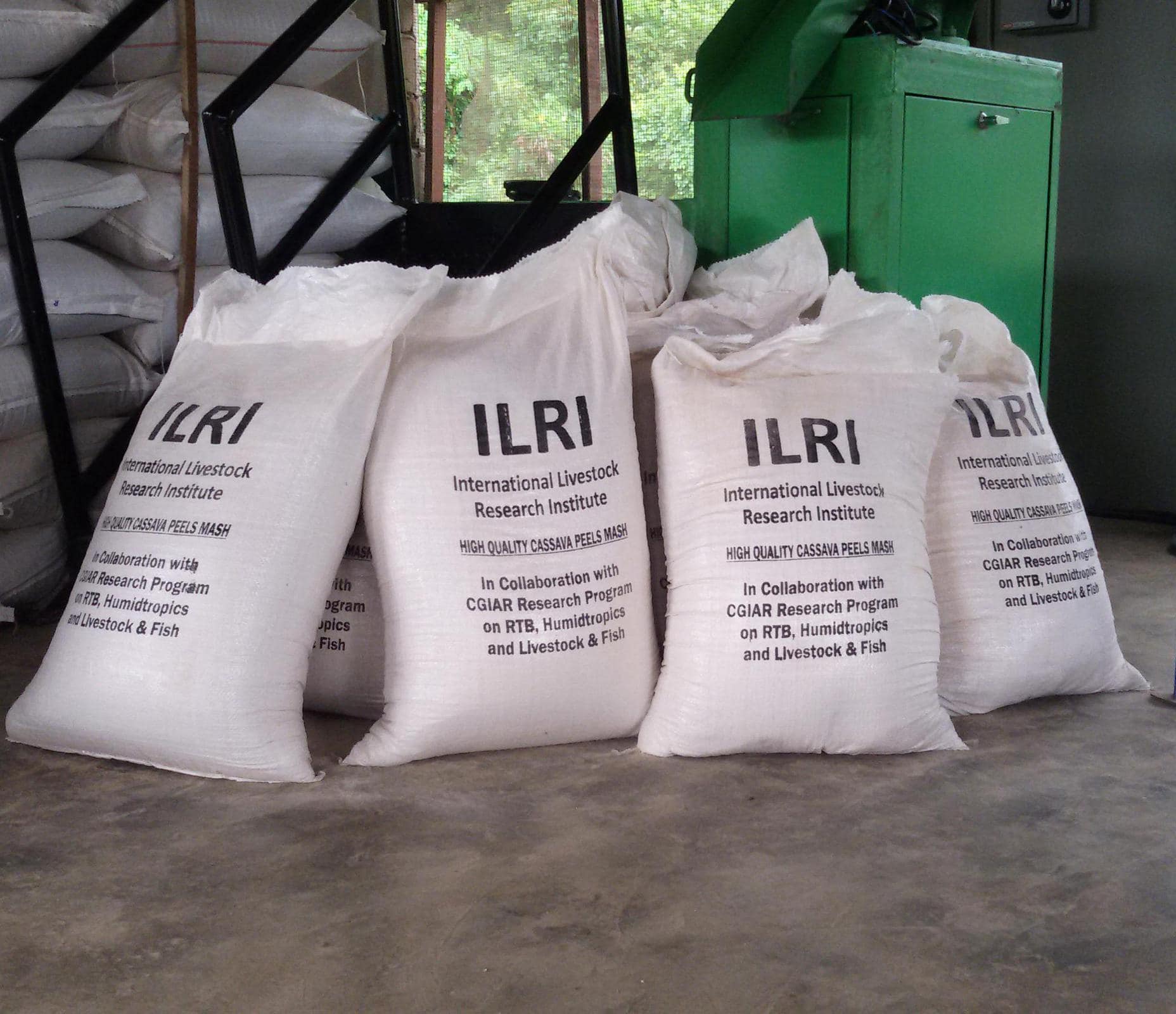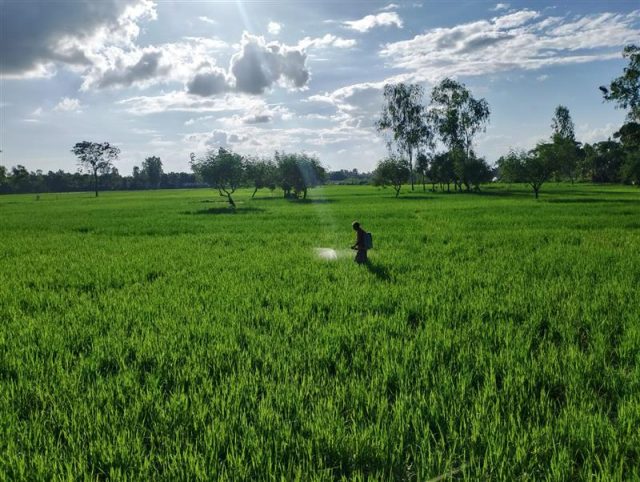From waste to wealth: The innovation turning cassava peels into a growing new industry
- From
-
Published on
05.04.21
- Impact Area

To make garri, cassava roots have to be peeled. Traditionally, the peels have been dumped in huge heaps and burned, or allowed to rot — turning them into an environmental hazard, as toxic compounds in the raw peels leached into waterways.
Some producers attempted to dry the peels in the open air for use as a livestock feed, but this process takes 3-5 days, and the peels are susceptible to contamination by fungal toxins, especially in the wet season.
In 2015, Acho Okike and other researchers at the International Livestock Research Institute (ILRI) and the International Institute for Tropical Agriculture (IITA) developed a technique for processing wet cassava peels into a high-quality, safe, nutritious livestock feed within eight hours — transforming three tonnes of wet peel into one tonne of dried cassava peel mash. . . .
Read the original article.
![]()
Related news
-

Reinventing Kenya’s Snack Future with Dryland Grains
International Crops Research Institute for the Semi-Arid Tropics (ICRISAT)21.11.25-
Nutrition
-
Poverty reduction, livelihoods & jobs
Faces of Impact - Video Feature Story On a quiet backstreet in Mihango, Kenya, the…
Read more -
-

Cultivating climate-smart rice: How specific cultivars and smarter fertilizing can cut emissions and maintain yield
International Rice Research Institute (IRRI)19.11.25-
Climate adaptation & mitigation
-
Food security
By Bushra Humaira Sadaf A team of researchers from the Bangladesh Rice Research Institute (BRRI), I…
Read more -
-

ICRISAT’s Solar-Powered Water Hyacinth Harvester Recognized Among India’s Top 100 Innovations of 2025
International Crops Research Institute for the Semi-Arid Tropics (ICRISAT)18.11.25-
Environmental health
-
Poverty reduction, livelihoods & jobs
ICRISAT's Novel Solar-Powered Water Hyacinth Harvester has now earned a place in the prestigious To…
Read more -
